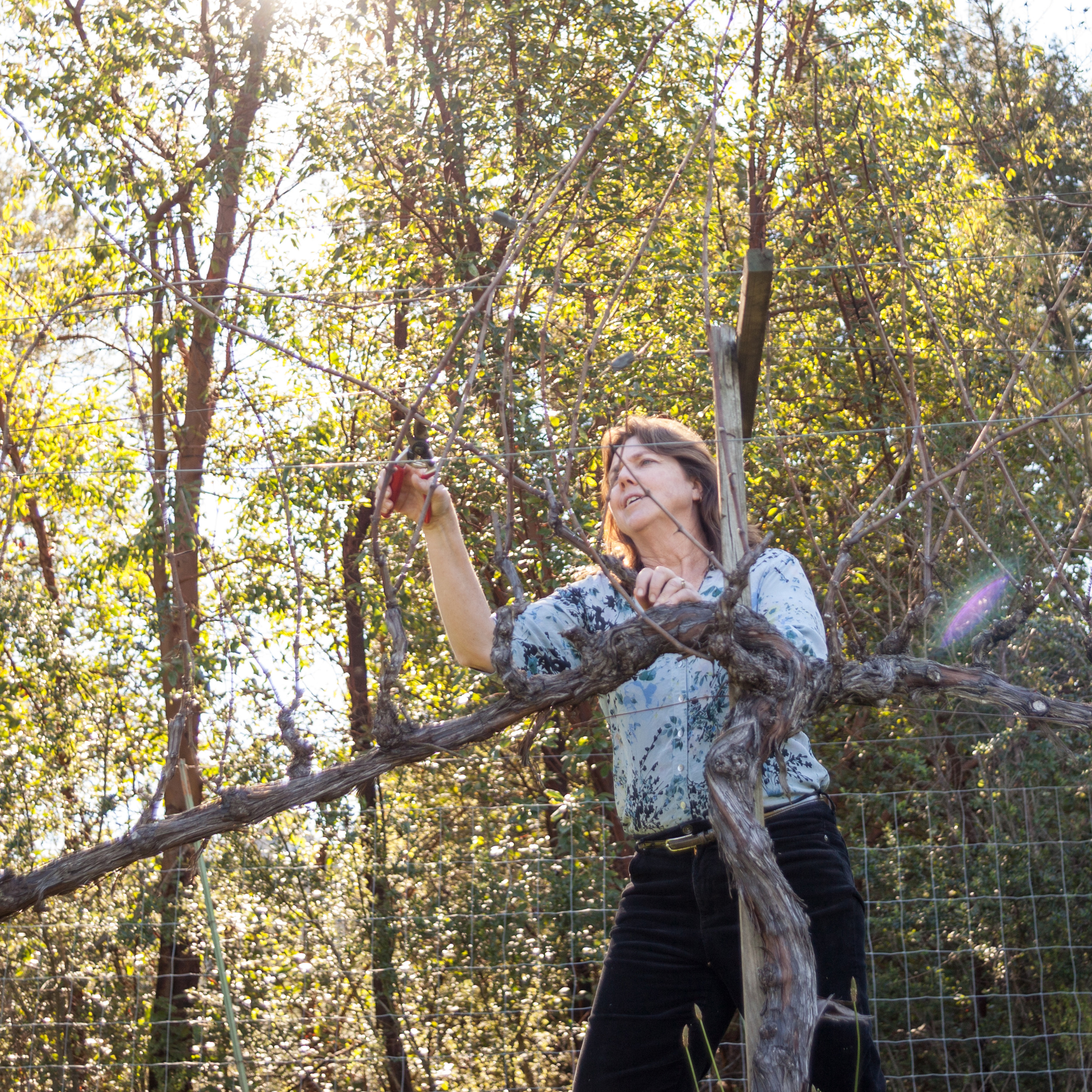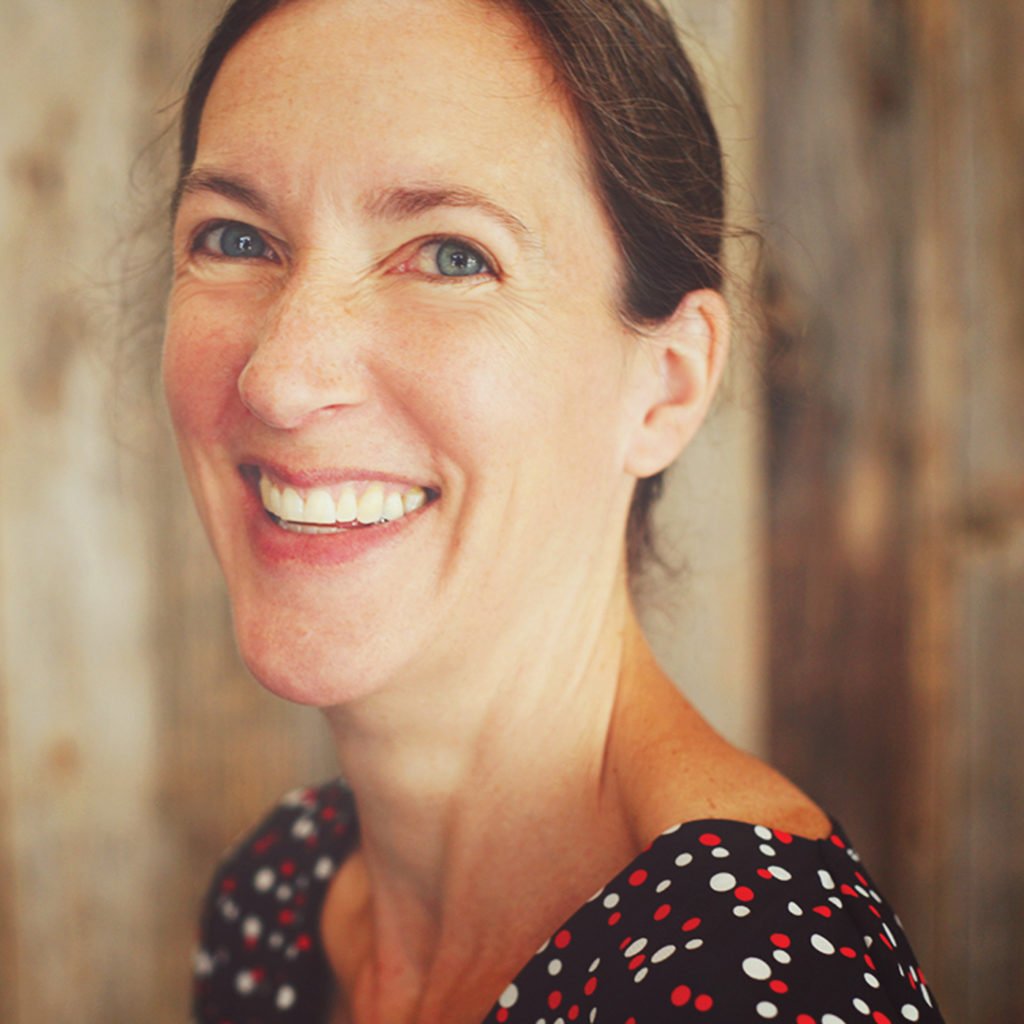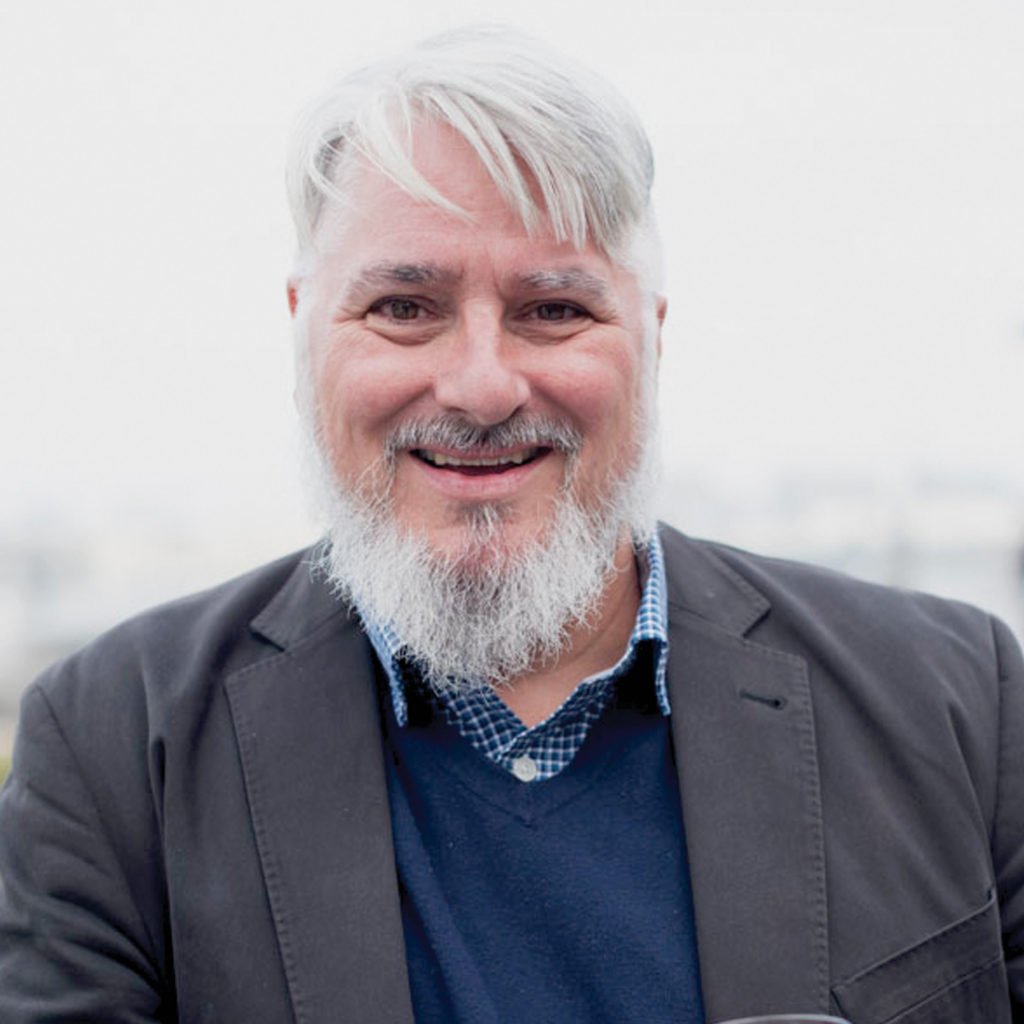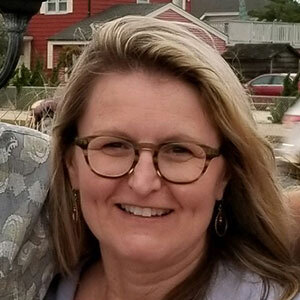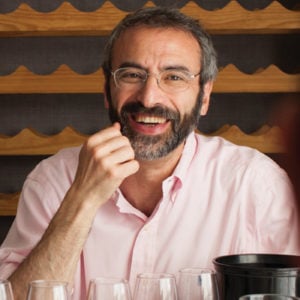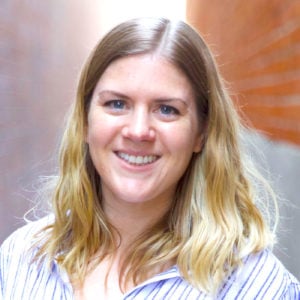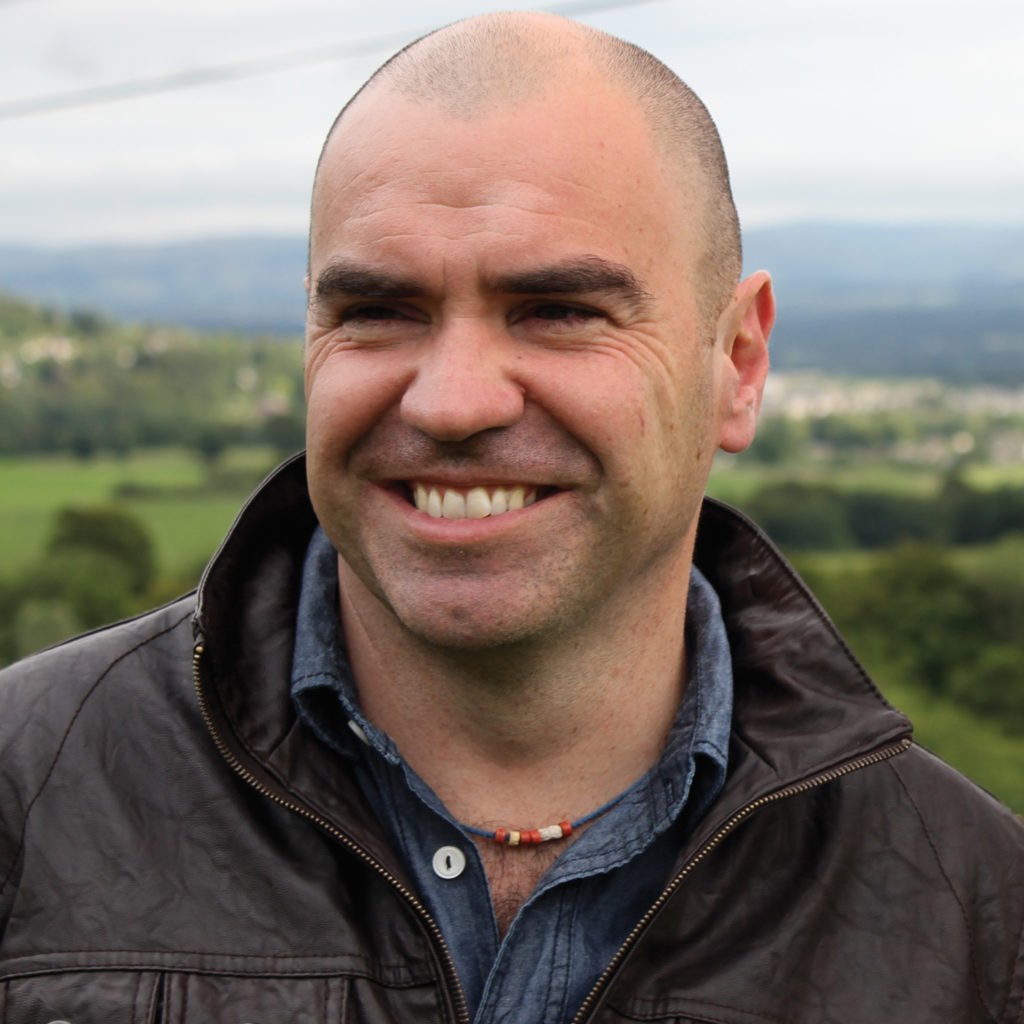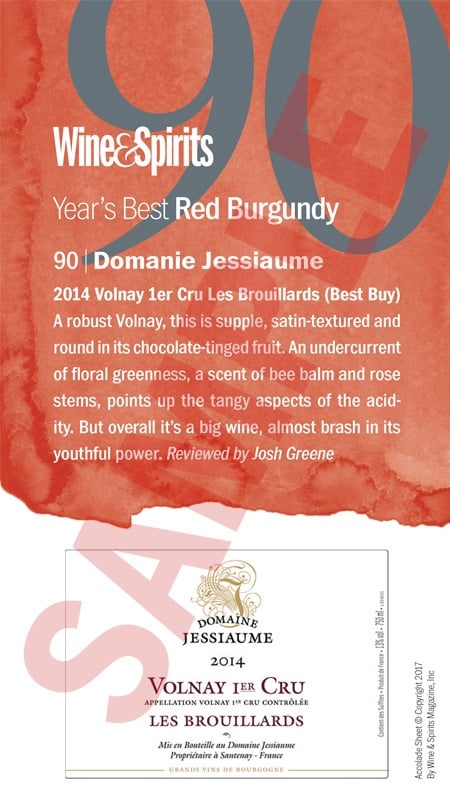“In a word: Mount Eden Vineyard.” It’s why, Matt Licklider says, after a decade making taut, focused pinot noir and chardonnay from Sonoma and Mendocino counties, Lioco has been expanding south into the Santa Cruz Mountains.
He mentions Ridge’s Monte Bello as another wine that spurred him and Kevin O’Connor…
To read this article and more,
subscribe now.
To continue reading without interruption, subscribe and get unlimited digital access to our web content and wine search.
This story appears in the print issue
of April 2015.
Like what you read? Subscribe
today.

